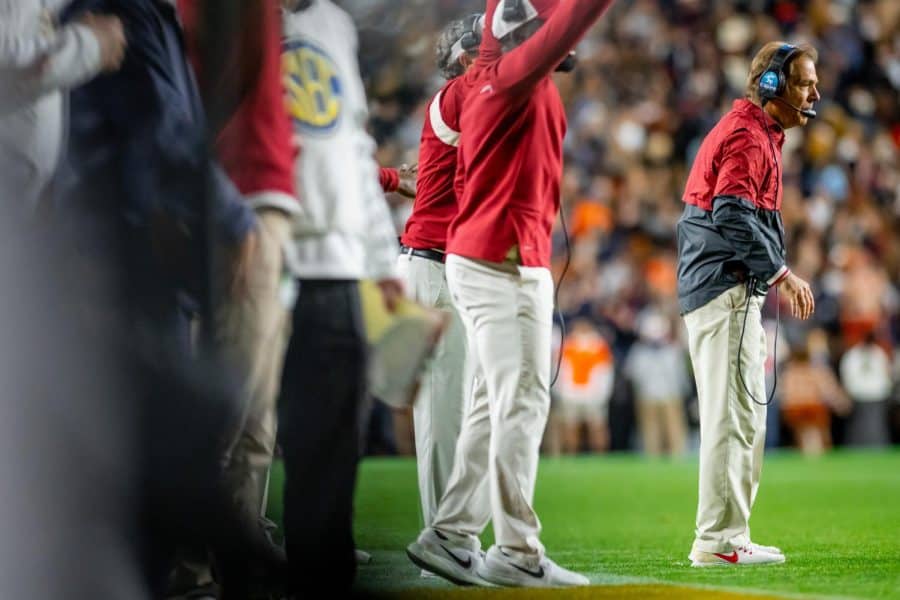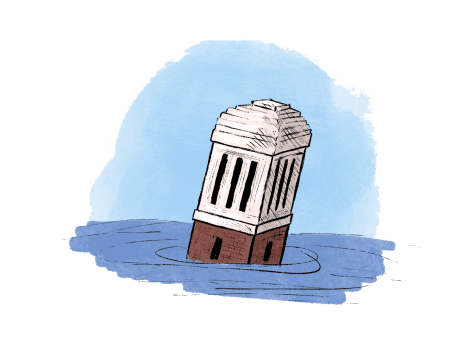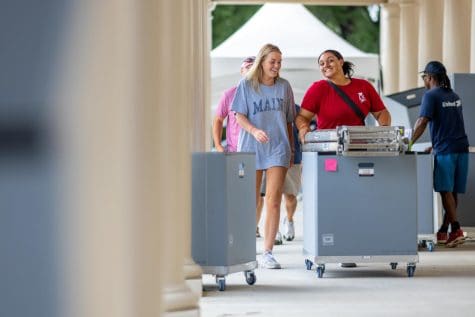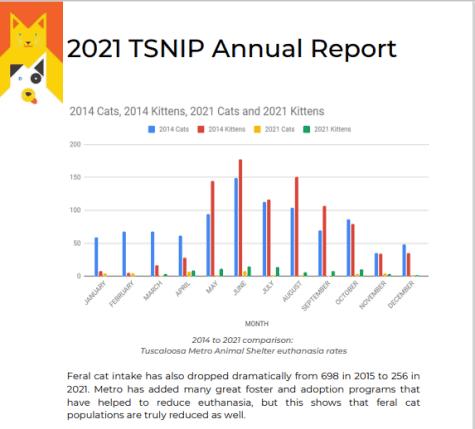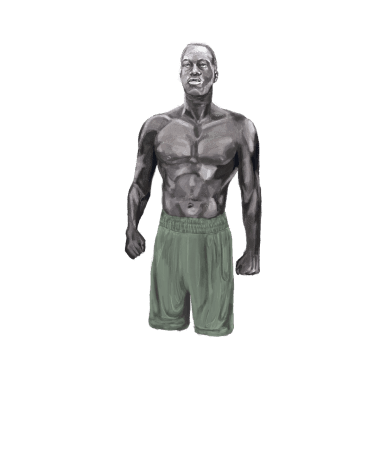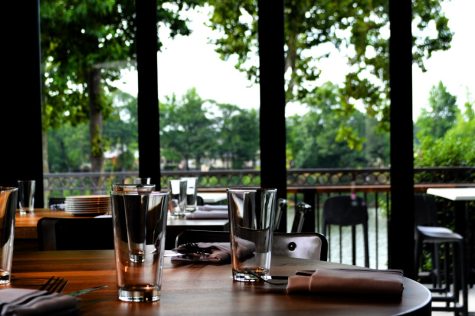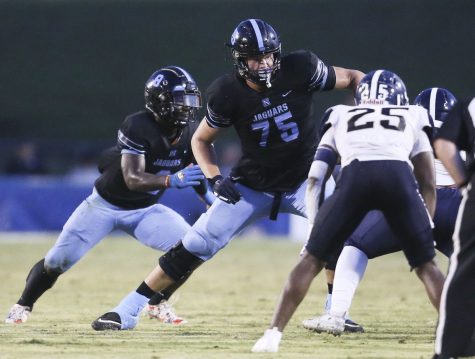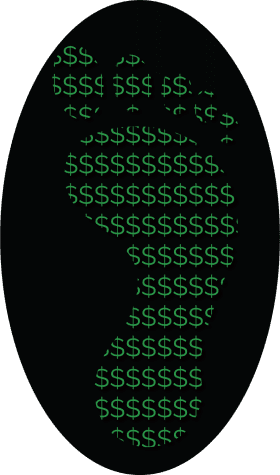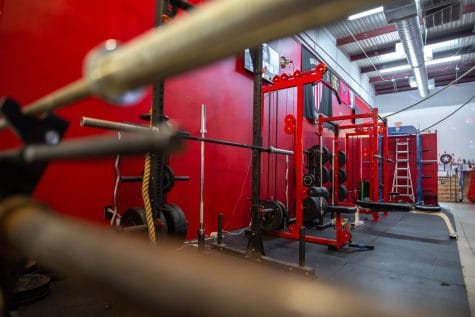Saban’s impact: How Tuscaloosa was forever changed
August 17, 2022
Nov. 27, 2006.
Less than a year after the Crimson Tide finished a 10-2 season, The University of Alabama fired head coach Mike Shula.
Sitting at 6-6, interim coach Joe Kines was tasked with facing Mike Gundy’s Oklahoma State Cowboys in the Independence Bowl.
Kines, who notoriously gave a halftime interview for the ages, lamented the Crimson Tide’s inability to “stop that inside trap” in his ever-gravelly Piedmont, Alabama accent.
With eight seconds remaining, the Cowboys drilled a 27-yard, game-winning field goal behind the leg of kicker Jason Ricks.
Final Score: Oklahoma State, 34. Alabama, 31.
Overmatched, outplayed.
A once proud program shepherded by the likes of Paul W. “Bear” Bryant, Frank Thomas and Wallace Wade, the Crimson Tide had fallen to the depths of college football with seemingly no escape in sight.
Mediocrity had become the new normal in Tuscaloosa — and to some degree, so had embarrassment.
After all, who can forget the Mike Price debacle of 2003?
Shortly after being hired as head coach in December 2002, Price’s contract was rescinded in May after news reports surfaced that Price had been seen at a strip club in Pensacola, Florida. The kicker? This came after the embattled coach had received reprimand for visiting local bars and drinking into the early hours.
Dennis Franchione, Price’s predecessor, was once considered to be the metaphorical deliverer of salvation in Tuscaloosa.
Hand-picked from Texas Christian University by Alabama athletic director Mal Moore, Franchione’s tenure didn’t exactly result in the Crimson Tide’s discovery of the land flowing with milk and honey. Rather, a quick exodus was in store after a 10-3 (6-2) season saw the second-year head coach bolt for Texas A&M — without informing his team in Tuscaloosa, nonetheless.
Price. Franchione. Shula.
Three strikes, you’re out.
Even before the three musketeers of disappointment, there was Mike DuBose, who was fired after a 3-8 (3-5) season in 2000 that ended with five years of probation, a two-year bowl ban, and the loss of 21 scholarships. Handing out $150,000 in cash to Albert Means and illegal representative Lynn Lang? Shockingly, not the best idea.
Something had to give.
Jan. 3, 2007.
The college football world learns by multiple media outlets that Nick Saban, the disenchanted head coach of the Miami Dolphins, comes that night to Tuscaloosa.
Mal Moore, in the crosshairs of Crimson Tide boosters, rolled the dice on his entire Alabama legacy.
In what was only comparable to a Marvel-esque movie scene, thousands of people arrived at the Tuscaloosa Regional Airport to greet Saban with a hero’s welcome on an otherwise chilly winter evening.
Eight years, $32 million.
Six national championships, eight SEC championships and four Heisman trophy winners later, Saban has proven to be quite worthy of his initial investment — and then some. Not only for The University of Alabama, but for the city of Tuscaloosa itself.
Since Saban’s arrival, Tuscaloosa’s population has increased by more than 10,000 people, per a 2022 census. Tuscaloosa county as a whole has seen an increase of over 40,000.
It’s a simple formula, really. Winning produces infrastructure.
The more Alabama dominates on the field, the more revenue the University receives. The more revenue it produces, the more upgrades it can make. The more upgrades it can make, the more attractive it becomes. The more attractive it becomes, the more enrollment climbs. The more enrollment climbs, the more needs the city of Tuscaloosa can fulfill. The more needs it can fulfill, the more business it can bring in. The more business it can bring in? You get the picture.
While general economic inflation plays a factor, median home prices in Tuscaloosa have climbed from $149,000 in 2008 to over $268,500 in July of 2022, according to realtor.com. Previously open patches of land have turned into additional student housing and rental opportunities. Main city drags have become modern-business hotspots. Many local establishments, such as Egan’s Bar and El Rincon, have been replaced by student-centric nightlife ventures.
For long-time Tuscaloosa residents, the footprint stemming from Saban’s dominance is even more distinguishable.
Robin Spence-Vanderford, a local business owner, says the legendary coach has become more than just a pawn for economic growth — but an integral part of the community.
“The Sabans have had a great impact on our city with their contributions from Nick’s Kids, Habitat for Humanity and other programs,” Spence-Vanderford said. “Coach Saban has brought much stability to our male athletes, and he’s been a stickler for discipline. Tuscaloosa has seen a great deal of development enrooted in his success.”
In December 2019, plans for Tuscaloosa’s Saban Center, an innovative community partnership bringing STEAM-centered children’s organizations together with theater, outdoor recreation, literature, and interactive learning stations, were announced after Saban and his wife Terry gifted the city $1.25 million in celebration of its 200th birthday.
“This learning hub will draw people from across the nation to enjoy and inspire learning and to socialize in a spirit of togetherness,” Terry Saban said. “We are proud to call Tuscaloosa our home as it continues to grow and evolve.”
As Saban enters his 16th season as head coach at Alabama, very few questions remain about his place on top of college football’s Mt. Olympus.
Unparalleled dominance. Unprecedented consistency. Unrivaled attention to detail.
When it’s all said and done, many will maintain that Saban is the greatest college football coach of all time. Just as many will try to refute that notion.
What cannot be argued? The place Saban holds in the hearts of those that have been forever changed by his generosity and success.
Because at the end of the day, it’s not about what you have done, or what you’ve accomplished, it’s about what you give — and nobody has given more to the city of Tuscaloosa than Nicholas Lou Saban Jr.
Questions or comments? Email Austin Hannon (Sports Editor) at [email protected]

